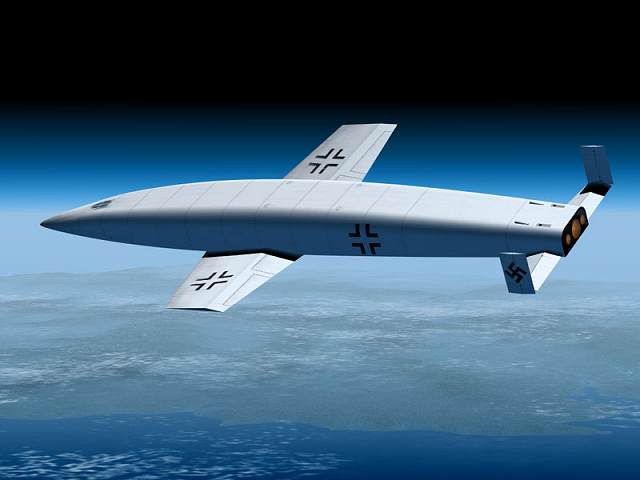NEW YORK (AP) -- The World War II aircraft carrier USS Intrepid is coming out of the water for its full-body makeover and a little "boatox."
The war veteran turned floating military museum was to be placed Tuesday in dry dock, where it will be perched on 212 custom-made pine blocks while crews scrape and power-wash its salt and weather corroded keel, then paint it the traditional battleship gray.
It took a complex engineering feat just to have the blocks milled to mimic each dent and scar in the keel from years of wartime service, including repeated Japanese kamikaze and torpedo attacks, said Intrepid Foundation President Bill White.
"This has been such an exciting project to see Intrepid go through such an overhaul to honor our heroes," White said in an interview with The Associated Press.
A big decision has been made to remove Intrepid's four solid bronze propellers.
One of the 30-ton propellers will be displayed in front of the Intrepid Sea, Air & Space Museum when it returns to Manhattan in October 2008. Another is expected to be exhibited at the U.S. Navy Memorial in Washington.
The other two props will be offered to the public for sponsorship but not for sale, White said.
"If we auctioned them, we agreed it would only cheapen her glorious past," White said. "These propellers played such a significant role in history. They got the crews out of harm's way each time."
When crews first tried to move the Intrepid last November, the propellers became embedded in thick mud, defying the efforts of six high-powered tugs. The predicament forced a major dredging operation, which eventually allowed the tugs to wrestle the mud-stuck old warrior from its Hudson River berth of 25 years for towing to Bayonne, N.J., for the $5 million renovation project.
On Tuesday, the aircraft carrier was to be untied from its slip at Bayonne Military Ocean Terminal and towed to an adjacent dry dock by the tug boats that wiggled it free four months ago.
The tugs will pull the 41,000-ton Intrepid into the graving dock, a concrete bathtub-like encasement about the size of three football fields. The ship will be winched into place and then lowered onto the blocks.
The encasement's rear door will be shut and sealed, and the water will be pumped out. The process could take up to 24 hours to complete.
Scuba divers will be underneath the relic ship as it is lowered, maneuvering the blocks under the 912-foot vessel to ensure that they are positioned precisely, according to Matthew Woods, vice president of Intrepid operations, who is overseeing the project.
"They will be watching and communicating to see if the ship comes down nice and easy on the blocks," Woods said.
Once the Intrepid is secure, crews will begin to slowly slide an ultrasonic gauge across the hull, inspecting its integrity at 2,500 locations and replacing the deteriorated steel, according to Michael Cranston, CEO of Bayonne Dry Dock and Repair.
More than 6,500 gallons of paint - enough for about 400 large houses - will be used to cover the ship from bow to stern.
The repairs are expected to take 75 days, Cranston said. The Intrepid will then be towed to Staten Island for an interior refurbishment, including additional exhibits.
The last time the Intrepid was out of the water was in 1977, when it was rescued from the scrap heap by New York developer Zachary Fisher, who bought it for $50 million and converted it into the museum.
Intrepid took part in every major battle in the last two years of the Pacific theater of World War II. In helping to destroy Japan's powerful imperial Navy, it survived five kamikaze attacks and lost 270 crew members.
It later served in Korea and Vietnam and as a recovery ship for NASA astronauts.
